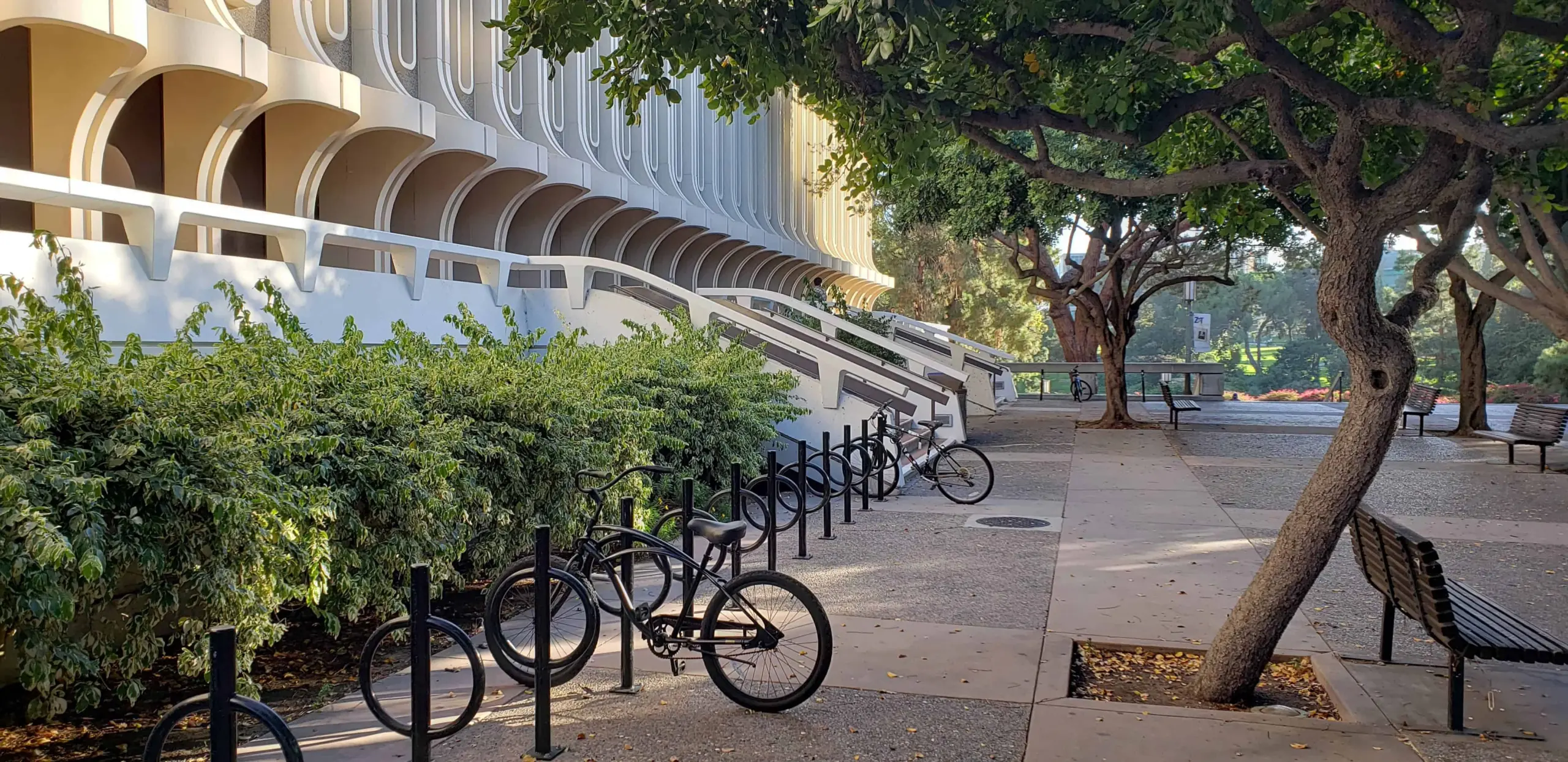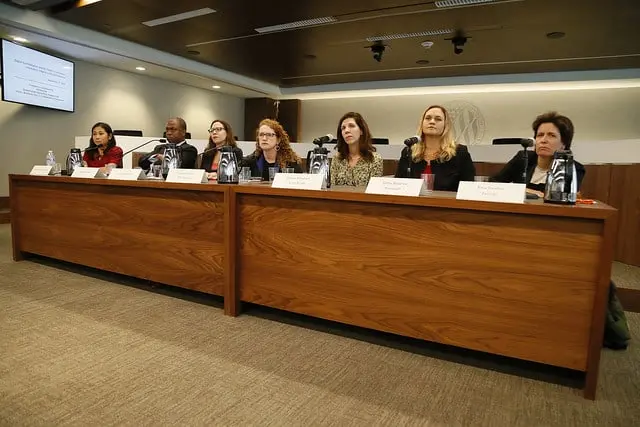
An online forum hosted by PEN America’s Campus Free Speech Program
NEW YORK—This week, PEN America’s Campus Free Speech Program launched a webinar series, “Free Speech and the Virtual Campus,” with an inaugural session devoted to “What Professors Need to Know about Online Hate and Harassment.” Hundreds of participants viewed the session from seven countries, as panelists discussed online attacks and abuse that faculty can prepare for, defend against, and combat.
 Viktorya Vilk, program director for digital safety and free expression at PEN America, discussed how online abuse can be defined and outlined the chilling, censoring effects it can have on writers and journalists. She summarized recent trends and offered advice, drawn from PEN America’s Online Harassment Field Manual, on how to protect one’s identity, how to document online abuse, and how to be a supportive ally to those targeted. She explained that women, people of color, and members of the LGBTQ+ community are disproportionately targeted by abuse and hate, which risks silencing the voices of those who have historically been marginalized in higher education and society writ large. She emphasized that offering institutional support and allyship to students, faculty, and staff targeted by online abuse is critical to ensuring that higher education is more equitable and diverse.
Viktorya Vilk, program director for digital safety and free expression at PEN America, discussed how online abuse can be defined and outlined the chilling, censoring effects it can have on writers and journalists. She summarized recent trends and offered advice, drawn from PEN America’s Online Harassment Field Manual, on how to protect one’s identity, how to document online abuse, and how to be a supportive ally to those targeted. She explained that women, people of color, and members of the LGBTQ+ community are disproportionately targeted by abuse and hate, which risks silencing the voices of those who have historically been marginalized in higher education and society writ large. She emphasized that offering institutional support and allyship to students, faculty, and staff targeted by online abuse is critical to ensuring that higher education is more equitable and diverse.
 Oren Segal, vice president at the Center on Extremism at the Anti-Defamation League, discussed the rise in white supremacists and extremists using online spaces to spread hate, and their efforts to use the pandemic to reach new audiences. Segal noted that just like everyone else, extremists are also home now, engaging in online aggression, like Zoombombing. Despite some extremists affiliating themselves to hate groups, Segal emphasized that the majority of offenders are lone actors, making some of their actions hard to predict. Segal shared ADL’s tips on preventing Zoombombing as well as their hate symbols database, as a reference for faculty to familiarize themselves with.
Oren Segal, vice president at the Center on Extremism at the Anti-Defamation League, discussed the rise in white supremacists and extremists using online spaces to spread hate, and their efforts to use the pandemic to reach new audiences. Segal noted that just like everyone else, extremists are also home now, engaging in online aggression, like Zoombombing. Despite some extremists affiliating themselves to hate groups, Segal emphasized that the majority of offenders are lone actors, making some of their actions hard to predict. Segal shared ADL’s tips on preventing Zoombombing as well as their hate symbols database, as a reference for faculty to familiarize themselves with.
 Cynthia Miller-Idriss, Professor of Education and Sociology at American University, spoke about the current threat of youth radicalization, with K-12 and college students now spending greater amounts of time online. She detailed how faculty members could prepare for such threats proactively, by updating their awareness of hate symbols and familiarizing themselves with digital platforms, as well as getting to know their security settings and available restrictions. She also offered advice for faculty and administrators in the aftermath of an incident of hate or harassment, elaborating on how faculty might deal with the after-effects of a Zoombombing incident in an online class.
Cynthia Miller-Idriss, Professor of Education and Sociology at American University, spoke about the current threat of youth radicalization, with K-12 and college students now spending greater amounts of time online. She detailed how faculty members could prepare for such threats proactively, by updating their awareness of hate symbols and familiarizing themselves with digital platforms, as well as getting to know their security settings and available restrictions. She also offered advice for faculty and administrators in the aftermath of an incident of hate or harassment, elaborating on how faculty might deal with the after-effects of a Zoombombing incident in an online class.
 The session was moderated by Jonathan Friedman, program director for Campus Free Speech at PEN America. Friedman referenced PEN America’s Campus Free Speech Guide in offering advice on how faculty could respond to harassment, and how administrators could support faculty when they are targeted.
The session was moderated by Jonathan Friedman, program director for Campus Free Speech at PEN America. Friedman referenced PEN America’s Campus Free Speech Guide in offering advice on how faculty could respond to harassment, and how administrators could support faculty when they are targeted.
Various questions and concerns were also taken up by panelists, as posed from the audience, including:
- How can we define hate conceptually?
- What should faculty do when they reconvene with students after encountering an incident with hateful expression?
- How can faculty and administrators be allies and express solidarity with individuals who experience hate and harassment?
- What should department chairs, deans, or other administrators do to support faculty who are victims of Zoombombing or other forms of online hate and harassment?
- What role can the university play in helping to combat extremism and radicalization?
- As “onlinification” has taken over higher ed, what should faculty watch out for, and how should they be sensitive to student needs?
- How can we better help faculty understand the psychosocial impact of online hate and harassment?
- What steps should professors take to document online harassment that is perpetrated against them, their students, or their colleagues?
Additional Resources:
- From the Anti Defamation League: How to Prevent “Zoombombing”
- From PEN America’s Campus Free Speech Guide:
- From PEN America’s Online Harassment Field Manual:
- From Slate: Why You Should Dox Yourself (Sort Of)











